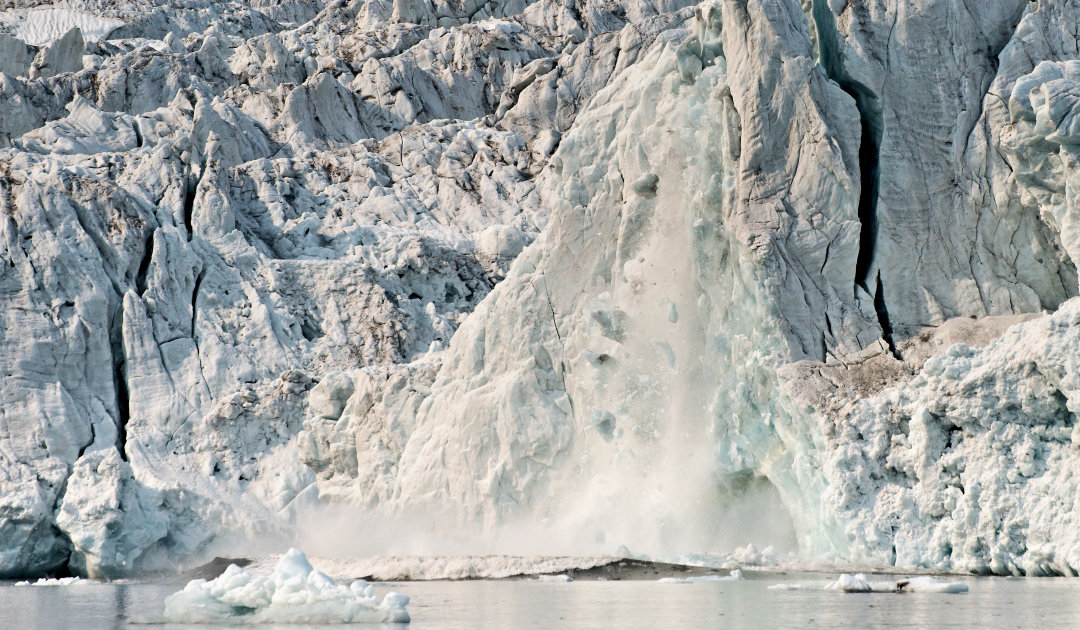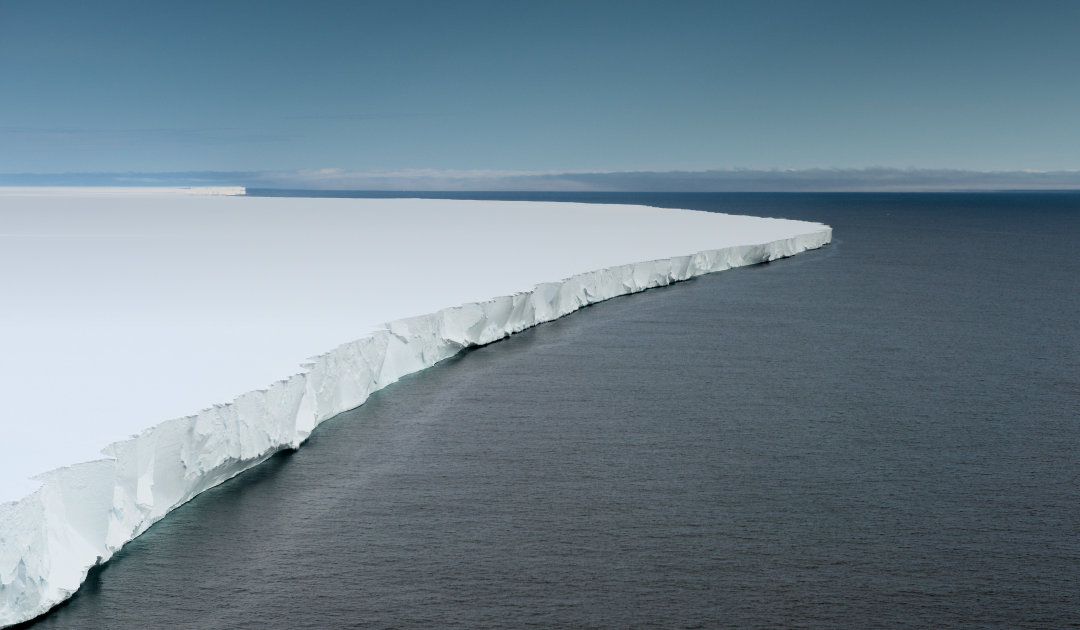
The polar and high alpine regions are the world of eternal ice, seemingly. Additionally, huge glaciers and ice sheets forming a white blanket in the mountains, in the Arctic or the Antarctic, show up in our thoughts. But the warming of the planet has put massive pressure on these icy areas that are so important to the world’s climate. But how severe was and is the actual loss of ice? A British research team investigated the question and got a frightening result.
According to the research results of the team led by Dr. Thomas Slater of the Centre for Polar Observations and Modelling at the University of Leeds, the Earth has lost irretrievably about 28 trillion (!) tonnes of ice since the mid-1990s. In addition, the rate at which the ice is melting away has almost doubled from 0.8 to 1.3 trillion tonnes per year. The results also show that the Arctic contributed about 58 percent to this loss. With a loss of around 7.6 trillion tonnes, Arctic sea ice is at the top of the list, followed by Antarctic ice shelves (6.5 trillion) and glaciers (6.1 trillion). The Greenland ice sheet and Antarctica together account for another 6.3 trillion tonnes. “The ice sheets are now following the worst-case global warming scenarios set by the IPCC (Intergovernmental Panel on Climate Change),” explains the study’s lead author, Dr. Thomas Slater. The results of the study, which has caused a worldwide sensation, appeared in the journal The Cryosphere.

The scientists came to these conclusions by combining satellite images, geodesic and glaciological measurements down to the local level with numerical models. They used data, some of which dated back to the 1980s. According to Dr Slater, this study is the first to calculate global ice loss using satellite photographs and combinations of measurements and models of individual contributors such as glaciers and sea ice. In addition to the loss of ice, the researchers also were able to calculate that the loss of land-based ice (glaciers and ice sheets) led to a sea-level rise worldwide of almost 3.5 centimetres within the 24 years studied. Assuming that for every one centimetre of rise about one million people in coastal regions are affected, almost 3.5 million people have therefore been directly affected by this rise.

In terms of quantity, the Arctic sea ice and the Antarctic ice shelves are the areas of the cryosphere that have lost the most ice. “”As the sea ice shrinks, more solar energy is being absorbed by the oceans and atmosphere, causing the Arctic to warm faster than anywhere else on the planet,” explains co-author Dr Isobel Lawrence of the University of Leeds. “Not only is this speeding up sea ice melt, it’s also exacerbating the melting of glaciers and ice sheets which causes sea levels to rise.” According to the researchers, atmospheric warming accounts for about 68 percent of the total ice loss and 32 percent is ocean warming.
“There can be little doubt that the vast majority of the Earth’s ice loss is a direct consequence of global warming.”
Slater et al. (2021) The Cryosphere 15(1)
But according to the results of the study, the glaciers have been hit the hardest. After all, according to studies on the 215,000 glaciers worldwide, although they account for only 1 percent of the total amount of ice in the world, they have accounted for about 25 percent of the loss. This in turn not only affects sea levels, but also the drinking water supply for billions of people worldwide. The glaciers in the Himalayas alone supply large parts of India and other Southeast Asian countries with drinking water. The same applies to the countries along the Alps and the Rocky Mountains or the Andes. This means that the loss of ice also has a direct impact on the countries that had thought they were furthest from the polar regions. And the authors write in conclusion that “there is little doubt that the vast majority of Earth’s ice loss is a direct consequence of global warming.”
Dr Michael Wenger, PolarJournal
Link to study: Slater, T., Lawrence, I. R., Otosaka, I. N., Shepherd, A., Gourmelen, N., Jakob, L., Tepes, P., Gilbert, L., and Nienow, P.: Review article: Earth’s ice imbalance, The Cryosphere, 15, 233-246, https://doi.org/10.5194/tc-15-233-2021, 2021
More on the subject:





